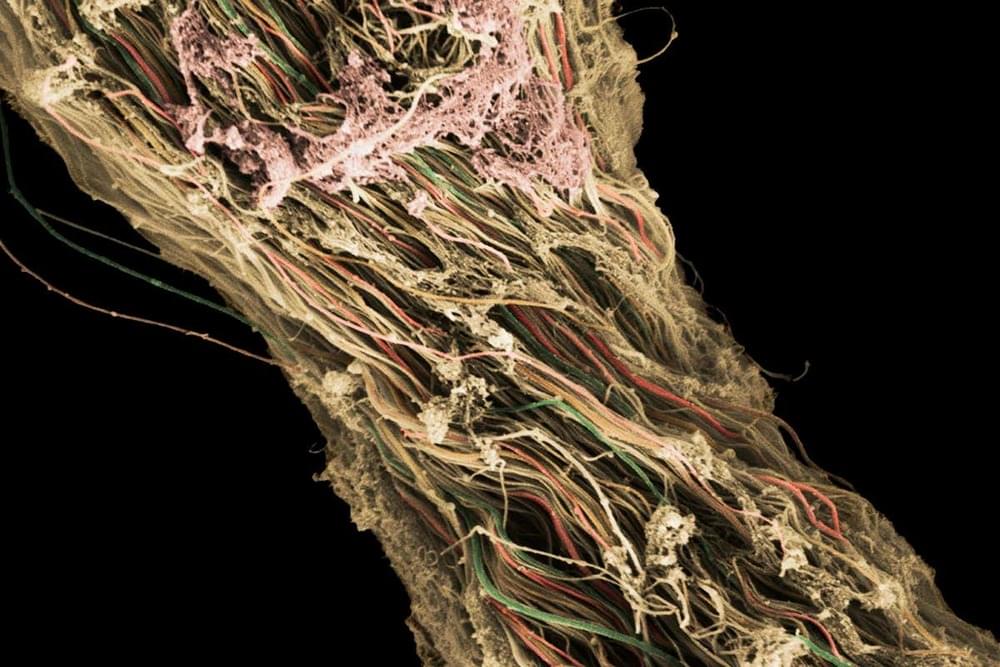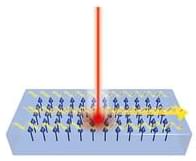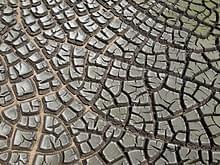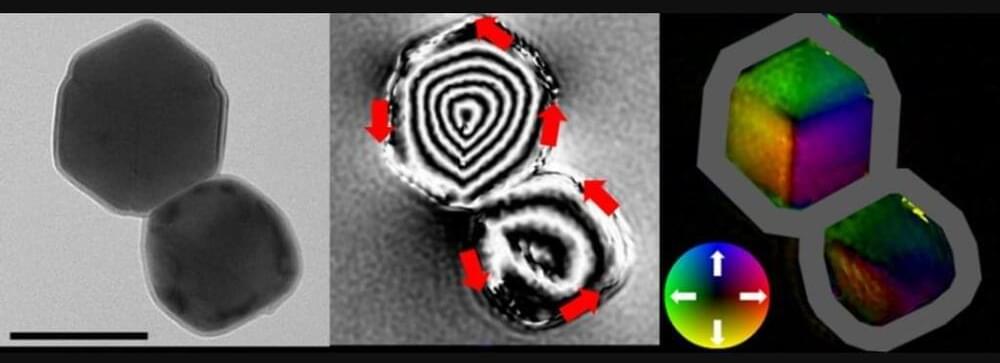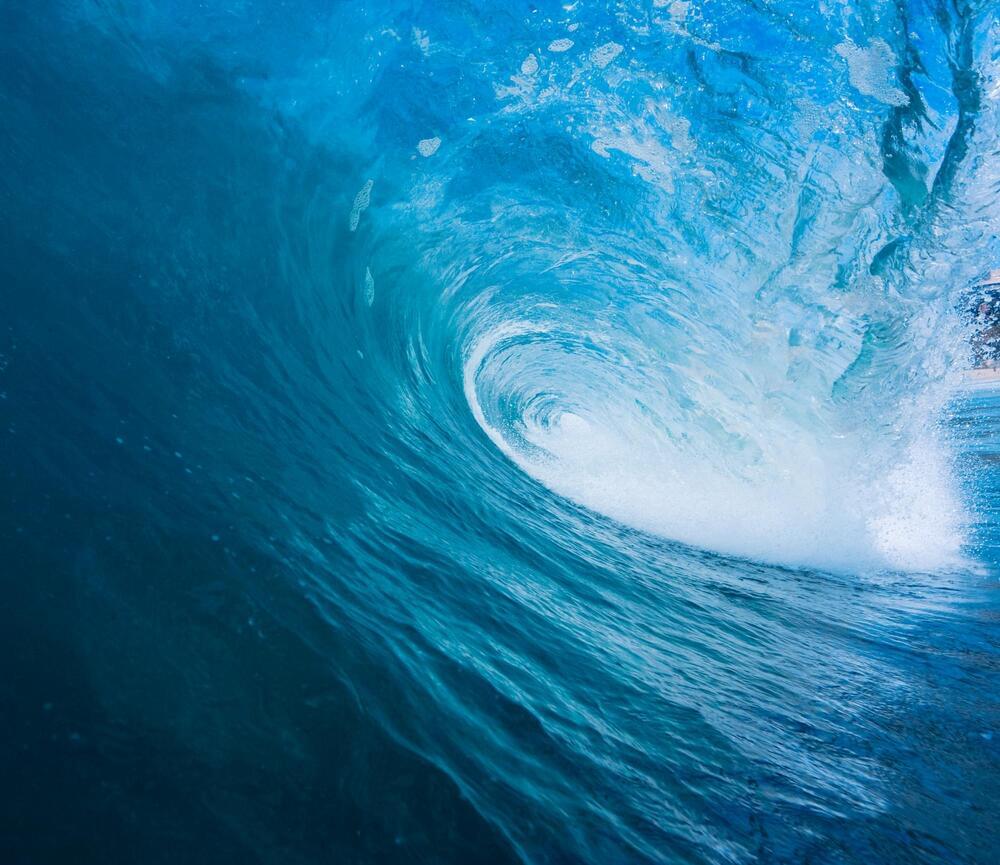
A Hong Kong start-up company has launched an eco-friendly plastic bag dubbed “Invisible Bag” which can easily dissolve in hot water (above 80 degrees Celsius). More importantly, its ingredients are non-toxic and will not cause harm to the environment.
It started by Devana Ng and her French husband Flavien Chaussegros, who are passionate about trail running. Last year, they saw the mountains full of plastic waste and decided to do their part for the planet by reducing the amount of waste. They founded Distinctive Action to promote sustainable and environmentally friendly products. The Invisible Bag is made of Polyvinyl Alcohol (known as PVA) together with plant-based starch, glycerin and water.
After soaking in water for a few minutes, the Invisible Bag will dissolve in hot water, which will turn milky white. However, it is environmentally safe, non-toxic, biodegradable, and leaves no microplastics behind, according to the Distinctive Action’s official website.
